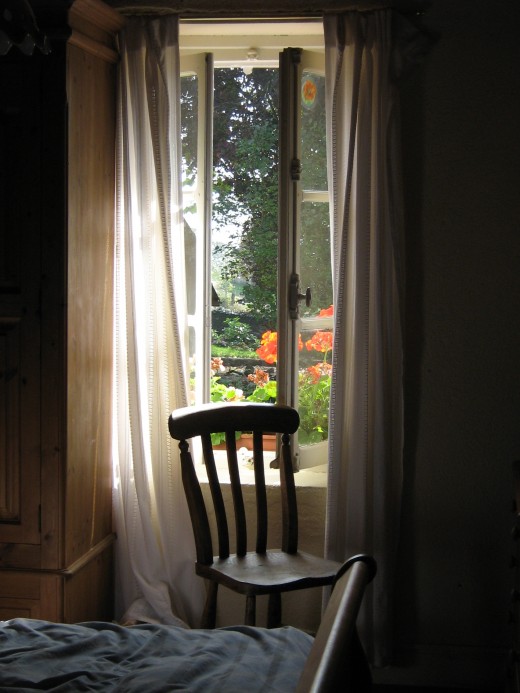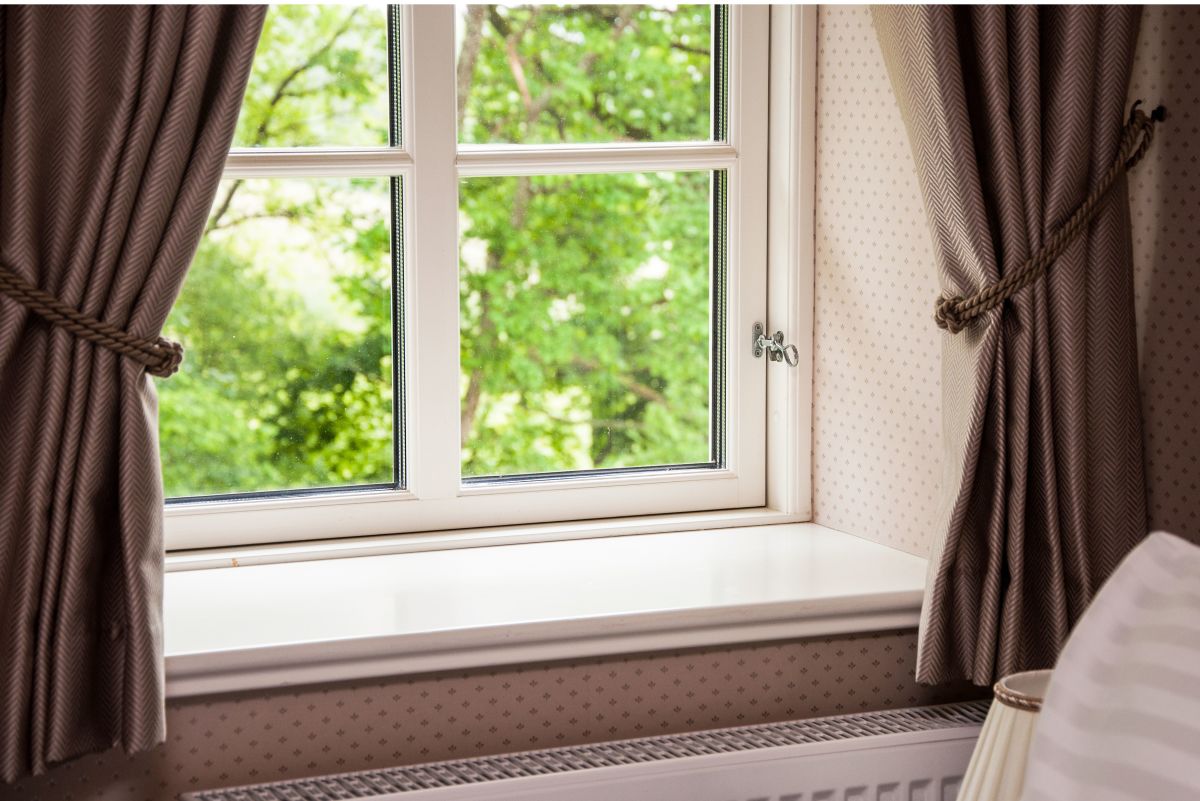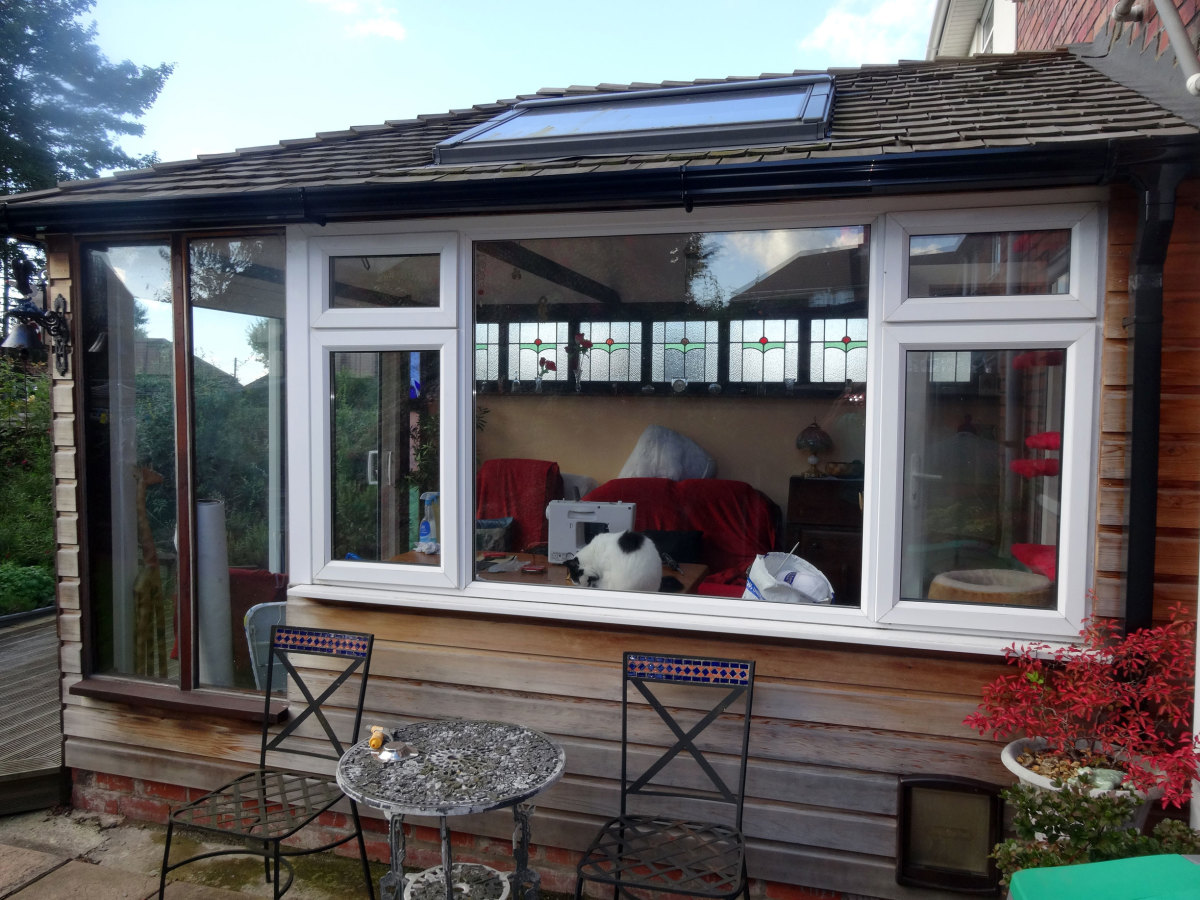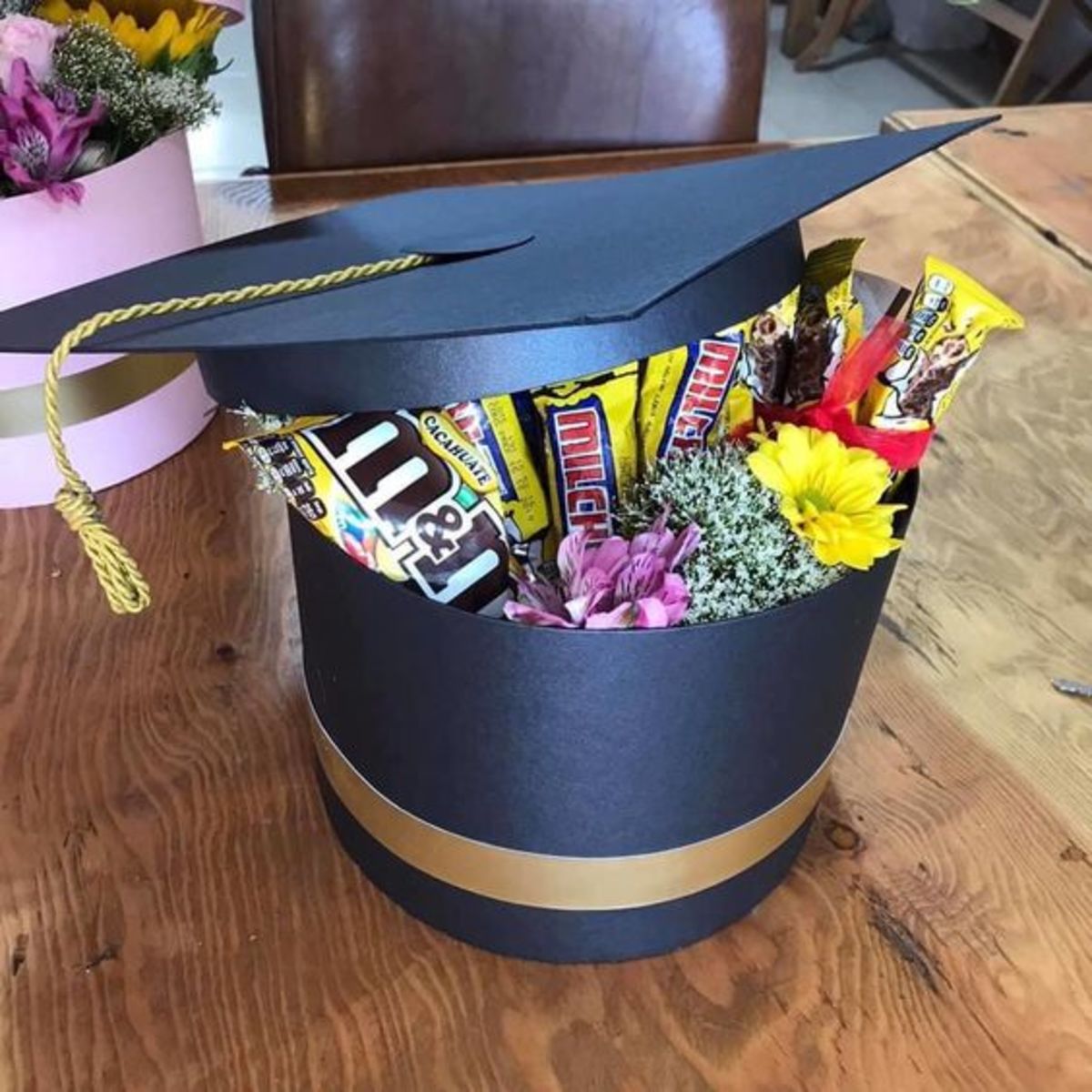The Development of Curtains and Drapery

Drapery and curtains are pieces of material arranged to hang in soft or tailored folds, used as interior furnishings. Although curtains are commonly called draperies, the two words are not synonomous. Drapery is a relatively stationary arrangement of loosely, often gracefully hung cloth that is usually decorative. It may or may not perform a function. It is used most frequently as a kind of wall hanging but may also be placed over a table. The term "drapery" may also be used m relation to clothing. Curtains usually have a function: they shut off or hide something, such as an alcove, doorway, or window, or give protection from cold, heat, or glare. Frequently they may be drawn back or up when necessary.
Curtains in Contemporary Interiors
Curtains today are made in a variety of fabrics and styles and are usually designed to add to the beauty of a room. There are three basic types: sheer, un-lined nontransparent, and lined.
Sheer, usually transparent curtains may be made of such materials as cotton, linen, and silk or of longwearing nylon, Orion, Dacron, saran, or fiber glass, in a variety of weaves and in plain colors or prints. Sheer curtains should be very full and, if they are to hang straight, should have a double hem and weight at the bottom. They are often used under heavier curtains to soften the light and provide privacy. Sheer curtains with ruffles and tiebacks may be used alone to provide a "country" or feminine atmosphere.
Unlined nontransparent curtains are made of cotton, linen, or a synthetic fabric, in a variety of textures. They may be used for slightly more dramatic effects than are possible with sheer curtains and are cheaper and simpler to care for than lined curtains.
Sheer and other unlined curtains are often gathered along a curtain rod through a hem at the top. Sometimes they are only half as long as the window and are hung from the rod on rings, in one or two tiers, forming a cafe curtain. Casement curtains for casement windows must be hung on the inside window trim or wall if the window opens out and on the window frame itself if the window opens in.
Heavy, lined curtains are probably the most commonly used. They are made of a variety of fabrics, particularly of rich materials such as fine linen or silk damask, and are lined to give them more body and to protect them from sunlight and dirt. They may be used to frame or hide a view or to absorb sound. They may be decorated with braid, fringe, or tassels and may be hung from under a cornice board or valance, thus adding elegance to a high-ceilinged room. If the cornice or valance extends above or beyond the window frame, it makes the window appear taller or wider. Curtains may be hooked to traverse rods and drawn, with the heading (the part above the rod) in French, cartridge or box pleats to control the way the curtain hangs.
Development of Drapery and Curtains
In ancient civilizations, which were generally located in warm climates and whose buildings had few windows, drapery and curtains as items of interior furnishings are relatively rare. There is literary mention, however, of wall hangings in ancient temples, and curtains were probably used to shut off doorways in Roman houses.
Medieval ivory carvings and illuminated manuscripts show curtains hanging from rods between two columns supporting a lintel or arch to form an alcove. The cold damp castles and churches of the time were often decorated with and made more comfortable by drapery or some other form of hanging on their walls. The small, deepset, often unglazed windows were generally, curtainless and might be closed by shutters.
Gradually, curtains came to be hung from the ceiling around beds. By the 15th century, wealthy households had huge carved-wood beds supporting a tester, or canopy, which consisted of a roof and ornamental border formed by a stiff cornice board or a valance of softly arranged fabric. From the tester hung voluminous curtains, which in daytime were drawn back from the center to the corner posts and at night were let down to form a warm private bedroom.
During the Renaissance and baroque periods, as textiles became more plentiful and dwellings developed from fortified castles into ostentatious palaces, drapery and curtains were especially sumptuous. Rich Italian velvets, silk damasks, or silk brocades were hung on walls and occasionally at windows. Probably the most elaborate curtains were those on state beds, such as the curtained beds designed by Daniel Marot, from which it was customary in the i7th century for the nobility to receive visitors. Layers of curtains hung from a cornice board ornamented with swags, fringe, or plumes and could be tied back separately with beautiful tasseled silk ropes. In less pretentious establishments where beds were often built into an alcove in the wall, curtains sometimes were hung at the opening.
In portraits by Holbein, Titian, Honthorst, and Van Dyck, figures are posed against rich drapery, which is often arranged for decorative effect across a pillar or balustrade, or framing a landscape. Northern European interiors by Holbein and Vermeer show Oriental rugs draped over tables or drawn aside to frame a room. De Hooch's paintings of middle-class Dutch households show plain thin curtains hung in vertical folds over large glazed windows.
In the more delicate and intimate rooms of the rococo period - as shown in the paintings of French and Italian interiors by Boucher and Longhi - and of the more austere neoclassical period, the fabric of drapery and curtains was generally of lighter weight and color than previously. Pastel silks and printed cottons were popular. Drapery was seldom used on walls, which were usually painted or papered, but it sometimes decorated dressing tables, mirrors, and sofas. Bed curtains were still rather ornate, but smaller in scale. Sometimes, on beds with no footposts, they hung only at the head of the bed. On some beds set parallel to the wall with no posts, curtains hung from a small central canopy separate from the bed and could also surround a portable bath.
Windows were frequently curtained, often elaborately. Sometimes two or more layers of curtains of different materials were used to create a rich effect. Some could be pulled back; others were stationary. They hung from rods, which often had ornamental ends or were covered by a cornice board or a valance with ruffles, pleats, swags, or jabots. Curtains also were hung over doors. During the French Empire and English Regency periods, which continued the neoclassical style, window curtains became simpler and more tailored. Illustrations of drapery and curtains appear in books of English furniture by Chippendale, who was noted for rococo design, and by Sheraton and George Smith, who worked in the neoclassical style.
In the display-conscious Victorian period, drapery and curtains, like most other furnishings, were overdone. Heavy fringed velvet and brocade curtains hung from doorways and windows, often over curtains of lace; shawls and other pieces of fabric were draped over tables and pianos. In contrast to the Victorian period, the 20th century has tended toward a functionalism that frequently makes use of much simpler materials and styles.
This content is accurate and true to the best of the author’s knowledge and is not meant to substitute for formal and individualized advice from a qualified professional.
© 2010 Bits-n-Pieces








